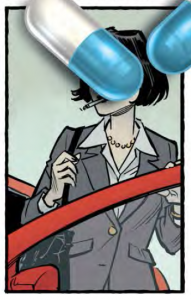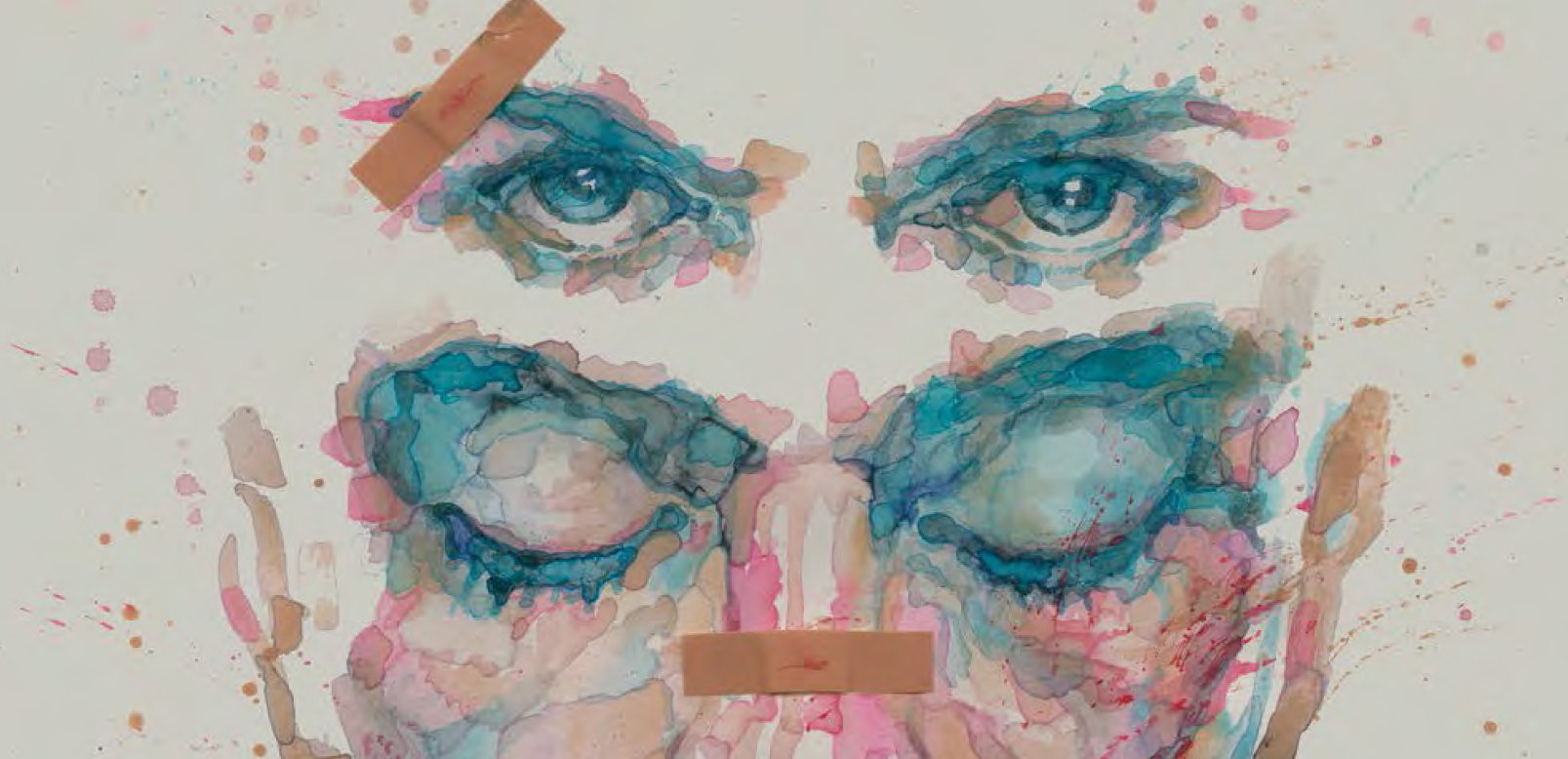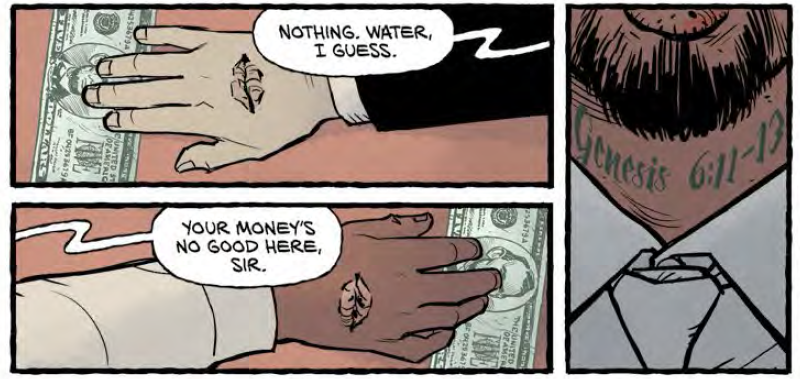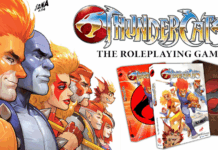
As Fight Club 2 opens, we discover that the narrator now calls himself Sebastian and lives in the suburbs with his wife Marla Singer and their young boy. Unfortunately for Sebastian, the hope he had for the future at the end of Fight Club has been dashed and replaced with a hopeless present. He takes pills to keep himself sane as his son makes gunpowder in his room and Marla attempts to recapture her youthful spark. She picks up an old habit from the first Fight Club, attending support group meetings meant for people with terminal illnesses in order to put her problems into perspective. Meanwhile, Tyler Durden, Sebastian’s alter-ego who was assumed dead, has assumed the role of Fight Club 2‘s narrator. Shadows of Project Mayhem lurk in every corner, from the battered and soap-scarred skin of present-day fight club combatants to the blatant “TYLER DURDEN LIVES” graffiti plastered around the city Sebastian works in.
Fight Club 2 is not a comic meant for those who have not read or watched the original story unfold. The nods to the original story are not just clever nods at enfranchised readers, but plot points that are essential to the reader’s understanding of the diagetic world Fight Club 2 takes place in. While a new reader could grasp why Marla would choose to crash a support group meeting for Progeria sufferers, he or she would miss the reason why these meetings are important to her character. To those who have read the novel or watched the movie, Marla’s first scene in Fight Club 2 indicates how far she has fallen and how desperate she has become in the ten years between the stories, returning to a crass old habit to resolve new pains. To a new reader, it could just read as crass.
However, this isn’t a knock against Fight Club 2. The title states the team’s intentions clearly. This is not a retelling. This is not a spin-off. This is purely a continuation of Palahniuk’s original story, and the team’s devotion to that mantra pays off in spades. It frees Palahniuk’s writing from being bogged down by summary and allows his minimalist form to shine through.
In some ways, Palahniuk’s prose style is better suited for the panel than it is for the page. The comic form prevents the use of the heavy descriptive language that novels often indulge in, but Palahniuk never needed that anyways. In one particularly effective moment, Sebastian comes home early from work– something he apparently never does– and stumbles upon his son’s babysitter. She brandishes a kitchen knife and identifies him to the police as a “crazed man.” In response, Sebastian responds:
It’s important to Sebastian that everyone know that he is not insane. However, in his panic, Sebastian betrays his sense of self by saying he is not a man. Whether he is Tyler in this moment is uncertain, but what is for sure is that Sebastian is not the person he was at the end of the first Fight Club.
Stewart’s art deserves just as much credit for this feat as Palahniuk’s writing. In the example above, Stewart etches panic into Sebastian’s face as he confesses his emasculation. Then, in the subsequent panel, Sebastian’s face morphs into one of fear and forlornness as he flashes a family photo at the babysitter. Fear that he’s being attacked in his own home, and longing for the picturesque family he does not have. Stewart’s expressive and nuanced art conveys all the emotion that Palahniuk would have had to exposit in a novel, and Palahniuk’s writing conveys in words what Stewart cannot do in pictures. This is an excellent example of collaboration in comics, with each creator elevating the work of the other to form a story that is greater than the sum of its parts.

Ultimately, I don’t want to put a damper on anyone’s excitement for this title. Honestly, the first issue of Fight Club #2 is excellent. Even if it is not incredibly friendly to new readers and even if it ends up retreading old ground, Fight Club 2 #1 demonstrates that Palahniuk’s writing was made for comics. Stewart’s linework is both gritty and polished, making it neatly reflective of the two worlds at war in this diagetic world. The two make a great team , and if the subsequent issues of this story turn out to be as strong as the first, Fight Club 2 may indeed become a worthy successor to cult classic that inspired a generation of disaffected rebels.
The first issue of Fight Club 2 releases on May 27th, 2015. A preview story that bridges the gap between the novel and comic will be released on May 2nd, which is Free Comic Book Day. You can also joinprojectmayhem.com.
You can get at Alex @waxenwings or at his website.














Comments are closed.